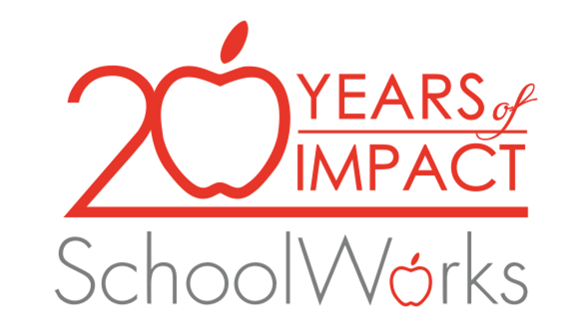The Three Worst Mistakes Charter School Authorizers Make
SchoolWorks Contributors: Kim Wechtenhiser and David Hartman
Let’s face it. Authorizing charter schools is demanding, complicated, compliance-ridden, highly sensitive (and often politically-charged) work. And because many authorizers operate with a skeleton staff of dedicated employees, it can seem impossible to fulfill the many duties of authorizing with proper strategy, attention, and forethought. With this conundrum in mind, SchoolWorks experts have compiled this short-list of the three worst mistakes to avoid – because investing time and resources in the right tasks can make all of authorizing easier.
BIG MISTAKE #1: Failing to set clear, agreed-upon expectations.
In the cycle of effective charter school authorizing, renewal begins at approval. Setting clear, measurable expectations for school performance – within your contract and even within the prompts of your application – can make the tasks of oversight and renewal far less burdensome.
How to avoid it: Take the time to identify and articulate performance expectations, then align your tools (application, contract, etc.) to clearly solicit and communicate the right information.
Who does it well: The State University (SUNY) of New York Charter School Institute
BIG MISTAKE #2: Getting too close.
Every day, charter school authorizers make decisions that shape the quantity and the quality of charter schools – directly impacting millions of students nationwide. In our hearts, we all want schools to succeed. But the desire for success can sometimes cloud the duty of oversight, leading authorizers to make excuses for sub-par performance. (“The demographics of the student population have changed.” “Leadership has been unstable.” “The school’s alternative model doesn’t fit the mold.”) Unfortunately, getting too close often results in contract renewals for schools that have failed to meet expectations. Allowing this mistake undermines an authorizer’s accountability framework – and often opens the door for legal backlash.
How to avoid it: Set performances standards that can be upheld universally. And if you opt not to take the “one-size-fits-all” approach, be clear and transparent about your framework upfront.
Who does it well: The Audubon Center of the North Woods (ACNW)
BIG MISTAKE #3: Accepting less than perfection.
When you apply for a job, you know that the employer expects your résumé to be flawless. So why should charter school authorizers expect less from charter school applicants? After all, the stakes are much, much higher. Today, many charter school proposals are outsourced to highly-trained professional writers, or even parceled out to multiple specialists in finance, curriculum, etc. A flaw as simple as misalignment of ideas throughout the application can be an indication that while the application is formidable, the founding group is not. Making allowances for sub-standard proposals will immediately undermine your authorizer/charter school relationship, before it even begins.
How to avoid it: Make no allowance for deficiencies. If you are concerned about stifling innovation among applicants, use a rolling application process, or set processes for conditional approval.
Who does it well: Louisiana Department of Education
So, how many charter school authorizers does it take to change a lightbulb?
None! An effective charter school authorizer will have communicated clear and transparent expectations for a high-functioning lightbulb in their contract and monitored the lightbulb on an ongoing basis before there is any need to change it.
Remember, the ultimate goal is to keep those bulbs burning bright. For more information on SchoolWorks Authorizer Supports, click here.

